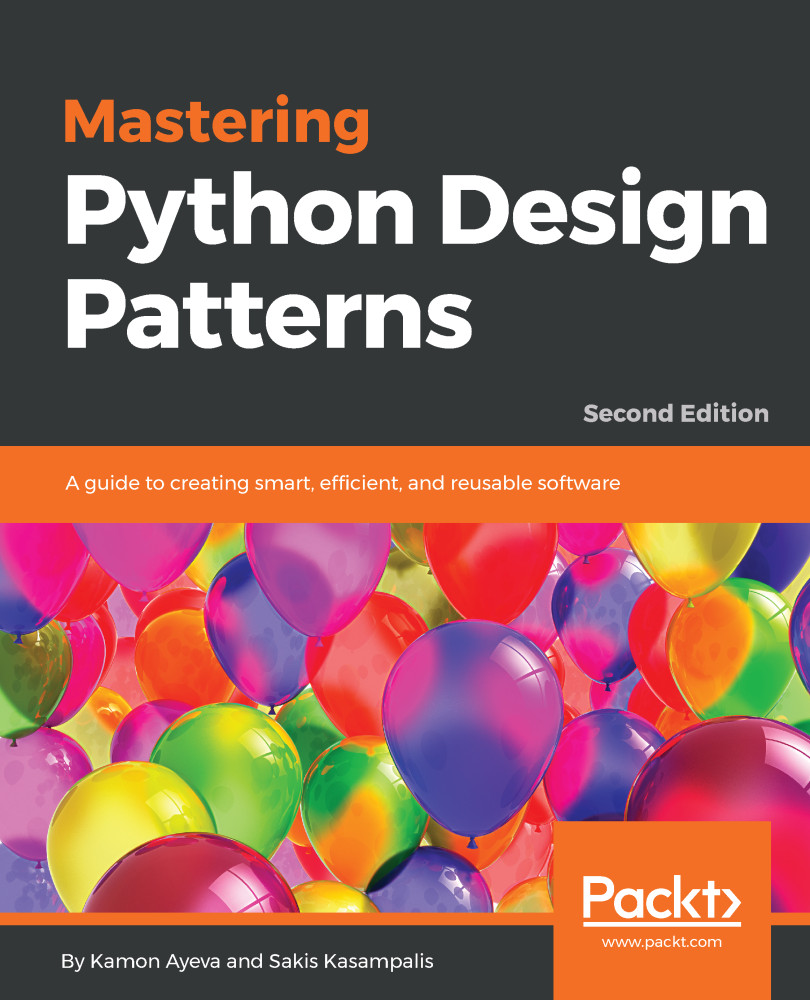In situations where data is more frequently read than updated, applications use a cache to optimize repeated access to information stored in a database or data store. In some systems, that type of caching mechanism is built-in and works automatically. When this is not the case, we have to implement it in the application ourselves, using a caching strategy that is suitable for the particular use case.
One such strategy is called Cache-Aside, where, to quote the description in Microsoft's documentation about Cloud-Native patterns (see https://docs.microsoft.com/en-us/previous-versions/msp-n-p/dn589799(v=pandp.10)), we perform the following:
Load data on demand into a cache from a data store, as an attempt to improve performance, while maintaining consistency between data held in the cache and the data in the underlying data store.



